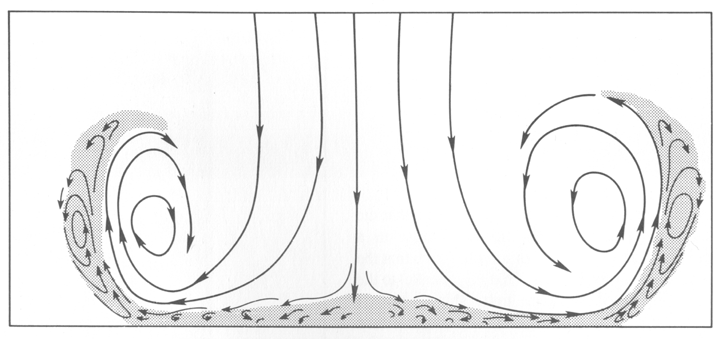Have you seen... [crystallization]
 Saturday, November 12, 2011 at 0:00
Saturday, November 12, 2011 at 0:00 Here are two cool illustrations of materials crystalizing - both the effect and the crystals' appearance are neat.
The first video uses a super-saturated solution of sodium acetate, and the demonstrator triggers the reaction with a single crystal. In his second display, he pours the solution onto crystals, and the resulting growth occurs so quickly that it forms effectively a stable stalagmite on the plate!
You'll have to pardon the voiceover on the next video -- it sounds like he's in the witness protection program.
The experimenter uses a solution of silver, and crystallization requires some electrical current applied.
He repeats the process with a higher current (crystallization occurs much faster) and with a solution of silver nitrate. When viewed through his microscope, the effects (some time-lapsed) are beautiful and fascinating.
 Herr J ...
Herr J ...  Post a Comment
Post a Comment 




